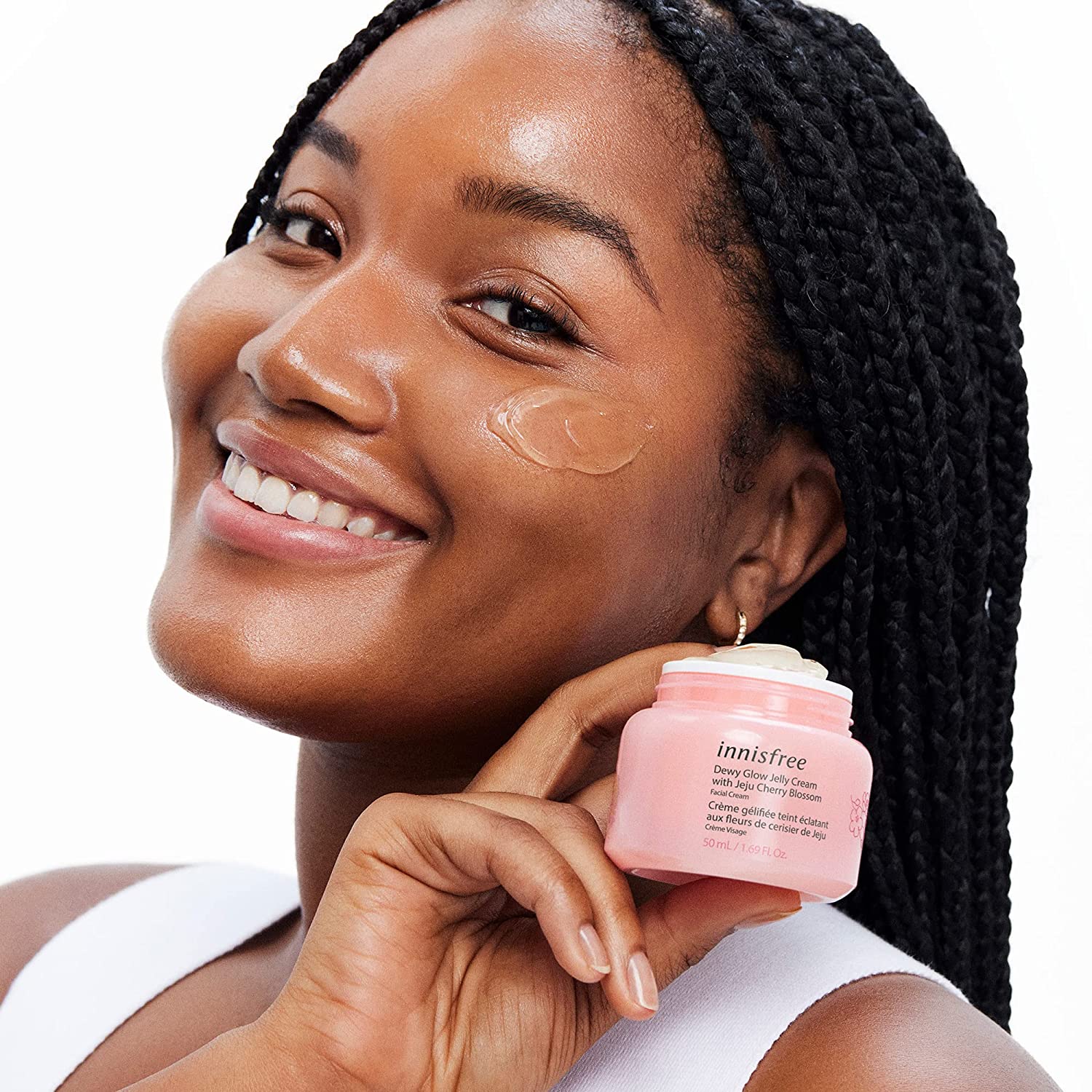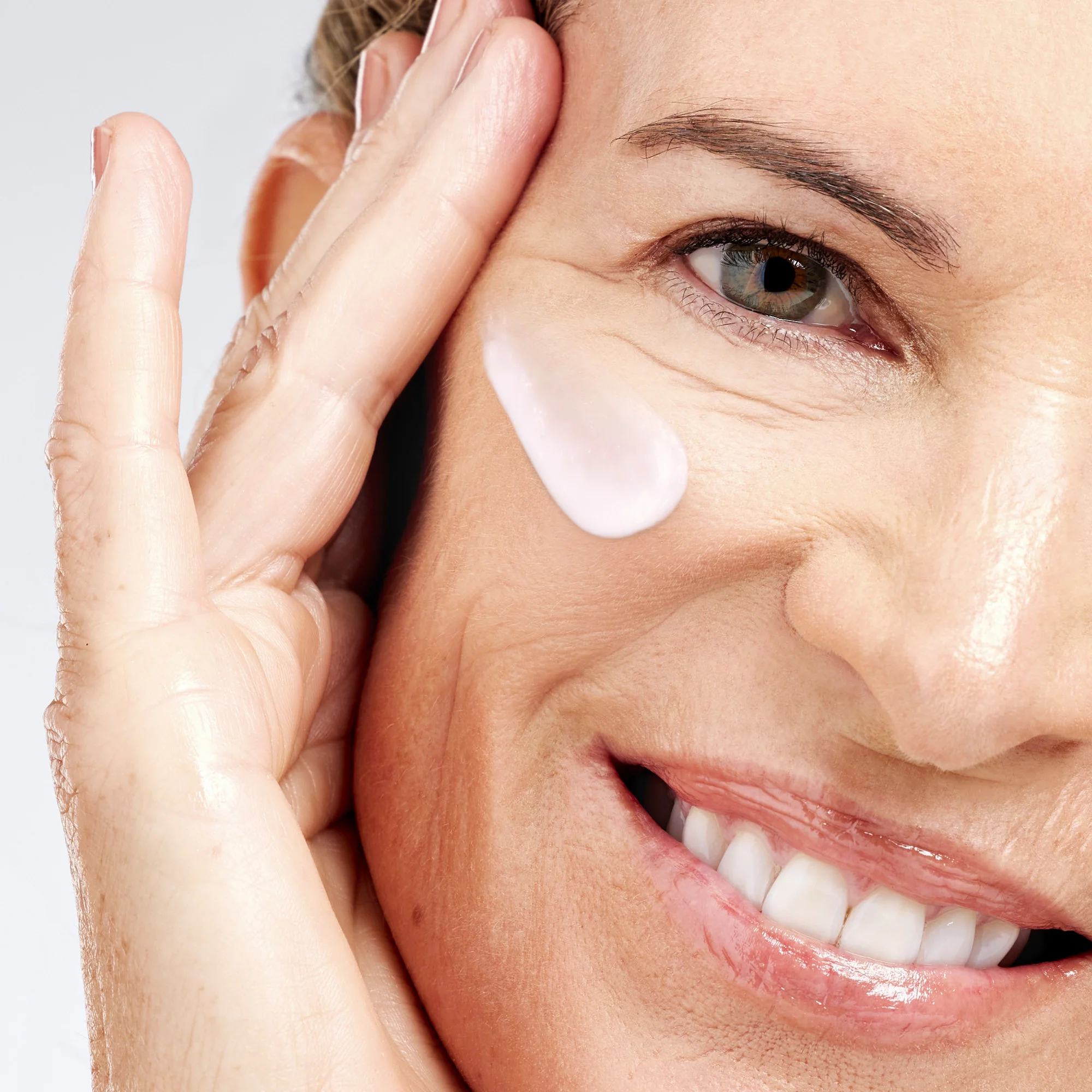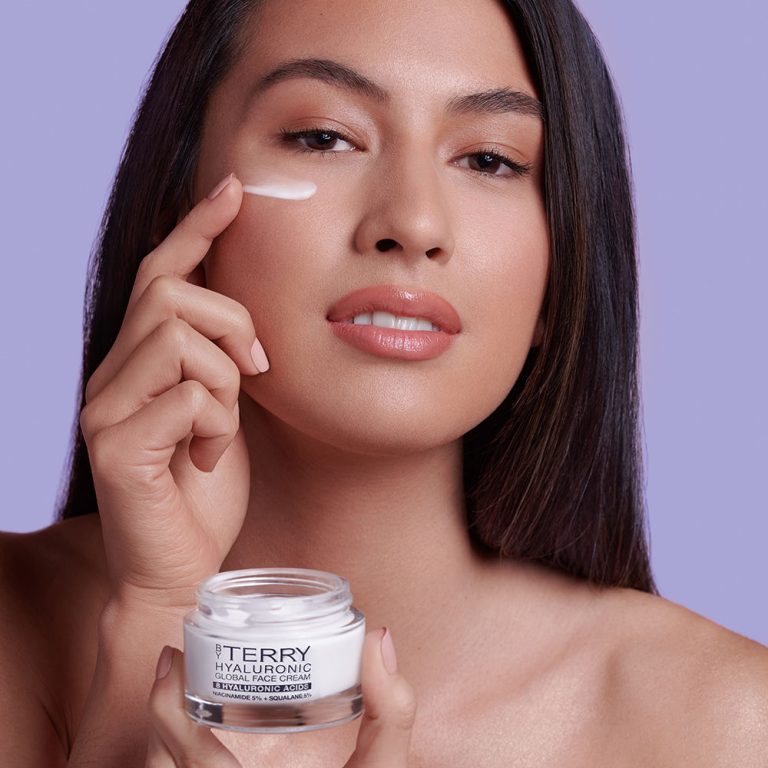
The Truth About Face Lightening Creams
The Truth About Face Lightening Creams
Face lightening cream have gained immense popularity in recent years. Many individuals seek ways to achieve a brighter complexion. These products promise to reduce dark spots, hyperpigmentation, and uneven skin tone. However, understanding how these creams work is essential. Not all products are created equal, and their effectiveness varies widely. Therefore, consumers must approach their choices with knowledge and caution.
The Quest for Radiance: Unveiling the Power of Face Lightening Creams
In an age where personal appearance holds significant importance, the quest for radiant and flawless skin has led many to explore various skincare solutions. Among these solutions, face lightening creams have gained popularity for their promise to brighten the complexion and fade dark spots, pigmentation, and uneven skin tones. However, the term “lightening” often raises eyebrows, calling into question the implications of altering one’s natural skin tone.
The desire for luminous skin is universal, transcending cultural boundaries and carving out a niche in the beauty industry. Factors such as sun exposure, hormonal changes, aging, and environmental stressors contribute to skin discoloration and dullness. In response, face lightening creams have emerged as a beacon of hope for individuals yearning to enhance their skin’s appearance. These creams typically contain active ingredients such as hydroquinone, kojic acid, vitamin C, and arbutin, all of which work to inhibit melanin production, target dark spots, and promote an even skin tone.
While the potential benefits are enticing, it is essential to approach the use of face lightening creams with caution and informed consideration. The skincare market is flooded with products that claim miraculous results, yet not all are formulated with safety in mind. Understanding the ingredients, potential side effects, and individual skin types is key to achieving the desired effect without compromising skin health.
As we delve deeper into the world of face lightening creams in this blog, we will explore their efficacy, safety, and the importance of celebrating diverse beauty, guiding you towards making informed decisions in your skincare journey. Join us as we embark on this quest for radiant skin, balancing beauty standards with self-acceptance and skin health.

How Face Lightening Creams Work
Face lightening creams typically contain active ingredients that target melanin production. Melanin is the pigment responsible for skin color. When the skin produces excess melanin, dark spots and uneven tones appear. Ingredients such as hydroquinone, kojic acid, and arbutin are common. Each works by inhibiting melanin production in various ways. For example, hydroquinone helps lighten the skin by blocking the enzyme tyrosinase. This enzyme plays a crucial role in melanin synthesis.
Moreover, other ingredients like vitamin C and licorice extract also contribute. Vitamin C acts as a powerful antioxidant and brightens the skin. Licorice extract has natural skin-soothing properties while helping to lighten spots. These ingredients often work synergistically, enhancing overall efficacy. Consequently, users may experience noticeable results in a few weeks. However, results can vary based on skin type, consistency, and overall skincare routine.
Assessing Safety and Efficacy
Safety must remain a priority when choosing face lightening creams. Users should always conduct research on specific products. Reading ingredients and researching manufacturers plays a crucial role in product safety. Some ingredients can cause irritation or adverse reactions. Hydroquinone, for example, is effective but may cause skin redness, peeling, or dryness in some individuals. Furthermore, prolonged use of certain ingredients can sometimes lead to increased sensitivity.
Additionally, users should be aware of potential illegal ingredients. Some over-the-counter creams may contain high levels of steroids or harmful substances. These ingredients can lead to serious health issues over time. Therefore, consulting with a dermatologist before selecting a face lightening cream is wise. Dermatologists can offer personalized recommendations and discuss other options. Ultimately, ensuring safety is as important as seeking efficacy in any skincare product.

Choosing the Right Product
Choosing the right face lightening cream requires careful consideration. Factors like skin type, specific concerns, and desired results are critical. For oily skin, a lightweight cream may suffice. In contrast, dry skin might benefit from a richer formulation containing moisturizing elements. Furthermore, individuals with sensitive skin should look for products labeled as hypoallergenic or fragrance-free.
Another aspect to consider is the product’s formulation. Some creams come as serums, while others are thicker creams. Users often benefit from lighter formulations, especially during warmer months. Seasonal changes can impact how the skin reacts to certain products. Therefore, adjusting skincare routines with seasonal changes in mind is essential.
Moreover, product reviews and testimonials can provide valuable insights. Prospective users should pay attention to both positive and negative feedback. Social media platforms and beauty forums are excellent resources for gathering opinions. This way, individuals can make informed decisions and potentially avoid products that may not suit them.
Incorporating Face Lightening Creams Into a Routine
Incorporating face lightening creams into a skincare routine requires strategic planning. Timing and other products used can significantly influence overall effectiveness. For best results, applying the cream after cleansing and toning the skin is advisable. This practice ensures that the active ingredients penetrate better. Moreover, using a broad-spectrum sunscreen during the day is crucial. Sun exposure can exacerbate pigmentation issues, making the cream less effective.
Furthermore, consistency is vital. Users should apply the cream as directed to achieve optimal results. Skipping days or using it sporadically may delay visible improvements. Additionally, individuals should monitor their skin for any adverse reactions. If irritation occurs, discontinue use and consult a dermatologist. Finding a suitable alternative may be necessary to avoid further skin complications.
Another important tip is to combine face lightening creams with complementary products. Exfoliating treatments can help remove dead skin cells, enhancing the absorption of the lightening cream. However, it’s crucial to avoid over-exfoliation which can lead to sensitivity. Therefore, a balanced approach is necessary. Integrating these treatments into a regimen should be gradual and patient.

Natural Alternatives to Face Lightening Creams
In recent years, natural alternatives to face lightening creams have gained traction. Many individuals prefer these options due to perceived safety and gentleness. Ingredients like turmeric, lemon juice, and aloe vera are commonly touted for their brightening properties. Turmeric contains curcumin, which may help reduce pigmentation. Moreover, lemon juice is known for its natural acidity, which can lighten dark spots.
While these remedies may offer results, they often take longer to show effects. Therefore, users should maintain realistic expectations. Additionally, patch testing these ingredients is essential. Natural does not always equate to safe for everyone. Individuals with sensitive skin might experience irritation from lemon juice or turmeric. Therefore, exercising caution is crucial when attempting home remedies for skin lightening.
Herbal remedies can also serve as beneficial alternatives. Ginkgo biloba, green tea extract, and licorice root are popular due to their antioxidant properties. These ingredients help improve skin health while enhancing brightness. Users may find these alternatives less irritating than traditional face lightening creams.
Evaluating Results and Adjustments
Evaluating the effectiveness of face lightening creams involves patience and observation. Many users may desire immediate results, but noticeable changes often take time. Typically, positive results become apparent within four to six weeks. Users should document their progress through photographs and notes. This practice aids in tracking any improvements or changes in skin condition.
Occasionally, adjustments may be necessary based on observed effectiveness. For instance, if one cream does not seem to work, switching to another may be beneficial. However, it is important to wait at least a month before concluding effectiveness. Quickly jumping between products can irritate the skin. Moreover, observing the skin’s reaction to new formulations is vital.
When improvements are noted, it may also be wise to reassess the overall skin care regimen. Other products might complement the effects of the face lightening cream. For example, incorporating serums rich in antioxidants and vitamins can enhance brightness. Therefore, a holistic approach to skincare eventually yields the best results.

The Role of Professional Treatments
While face lightening creams can be effective, professional treatments offer additional options. Dermatological procedures like chemical peels, laser therapy, and microdermabrasion can provide quicker results. Chemical peels, for example, remove dead skin layers and promote cell turnover. This process can significantly reduce the appearance of dark spots.
Similarly, laser treatments target pigmentation at a deeper level. They can provide dramatic results in fewer sessions compared to over-the-counter creams. However, these procedures often come with a higher price tag and require careful aftercare. Therefore, individuals need to discuss their options with a qualified dermatologist.
In addition, professional guidance helps tailor the treatment plan to suit specific needs. A dermatologist evaluates skin type, concerns, and overall health before recommending treatments. This personalized approach ensures that the most effective methods are selected. Balancing between home care and professional treatments maximizes overall results.
Conclusion: Making Informed Choices
Choosing a face lightening cream can be overwhelming. However, understanding the ingredients, safety, and application is essential. Users should approach each product with thorough research and realistic expectations. Consulting with a dermatologist provides personalized guidance and recommendations.
Furthermore, incorporating a comprehensive skincare routine enhances the efficacy of face lightening creams. Consistency and patience are key elements in achieving desired results. Additionally, exploring natural alternatives and professional treatments can broaden options. Ultimately, the journey to achieving a brighter complexion should prioritize safety and efficacy.
Promoting clear and healthy skin is a worthy investment. Therefore, making informed and educated choices ensures the best outcome in skincare efforts. Whether opting for commercial creams or natural remedies, a thoughtful approach leads to success. Celebrate the journey toward brighter skin with awareness and care for the skin’s overall health.

